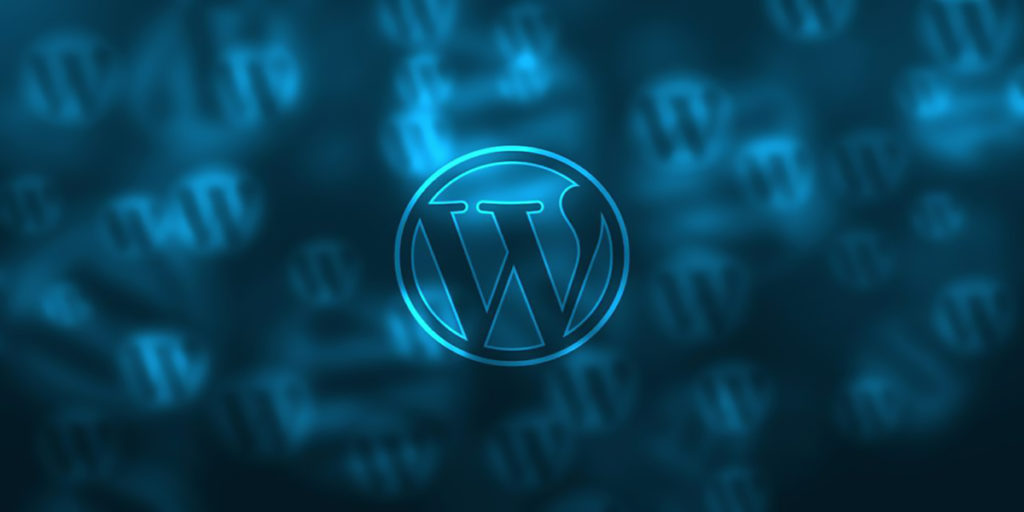Understanding WordPress Featured Images: Crafting Visual Impact for Your Content
The featured image, sometimes called a post thumbnail, is often the first visual element visitors encounter when Browse your website. It’s the representative image for your article, blog post, or page, appearing prominently on your blog roll, archives, social media shares, and even within the post itself. A well-chosen featured image is crucial for attracting attention, conveying your content’s essence, and encouraging clicks.
Why Featured Images Matter:
- First Impressions: In a visually-driven online world, a compelling image can stop a user mid-scroll and entice them to learn more.
- Visual Storytelling: It provides an immediate hint about the article’s topic, setting the tone and context before a single word is read.
- Social Sharing Appeal: Featured images are automatically pulled when your content is shared on social media platforms like Facebook, X (formerly Twitter), and LinkedIn, significantly boosting visibility and click-through rates.
- Website Aesthetics: They contribute to the overall design and professional appearance of your blog and archive pages, creating a cohesive and attractive layout.
- SEO Benefits: While not a direct ranking factor, a good featured image can improve user engagement metrics (like time on page and bounce rate), which indirectly influence SEO.
Optimal WordPress Featured Image Size:
While WordPress will automatically scale images to fit various layouts, it’s best practice to upload an image that is large enough to look crisp on high-resolution screens without being excessively large in file size, which can slow down your site.
General Recommended Size:
The most commonly recommended size for WordPress featured images is 1200 pixels wide by 628 pixels tall. This aspect ratio (approximately 1.91:1) is optimized for sharing on platforms like Facebook and ensures good visibility on most blog layouts.
Other Common Considerations & Best Practices:
- Minimum Width: Aim for at least 750 pixels wide to ensure good quality on retina displays and larger screens.
- Aspect Ratio: While 1200×628 is a great starting point, different themes might have slightly different ideal aspect ratios. Check your theme’s documentation for specific recommendations. Some themes might prefer a 16:9 ratio (e.g., 1280×720) or even a square (e.g., 600×600) for certain layouts.
- File Size: Keep file sizes as small as possible without sacrificing quality. Aim for under 100-200 KB for most images. Use image optimization tools (like TinyPNG, ShortPixel, or built-in WordPress plugins) to compress images before uploading.
- File Format: JPEG is generally best for photographs due to its compression capabilities. PNG is better for images with transparency or sharp lines (like logos or illustrations).
- Relevance: The image should directly relate to your article’s content and accurately represent its topic.
- High Quality: Use clear, well-composed, and visually appealing images. Avoid blurry or pixelated graphics.
- Originality/Licensing: Use your own original photos, stock photos with proper licensing, or images from public domain sources. Always respect copyright.
- Branding: If appropriate, consider incorporating subtle branding elements (e.g., a small logo) into your featured images for consistency.
- Accessibility: Add descriptive “Alt Text” to your featured images. This is crucial for SEO, accessibility (screen readers for visually impaired users), and if the image fails to load.
In conclusion, a thoughtfully selected and properly sized featured image is not just an accessory; it’s an integral part of your content’s success. It enhances discoverability, improves user experience, and amplifies your message across the web.
